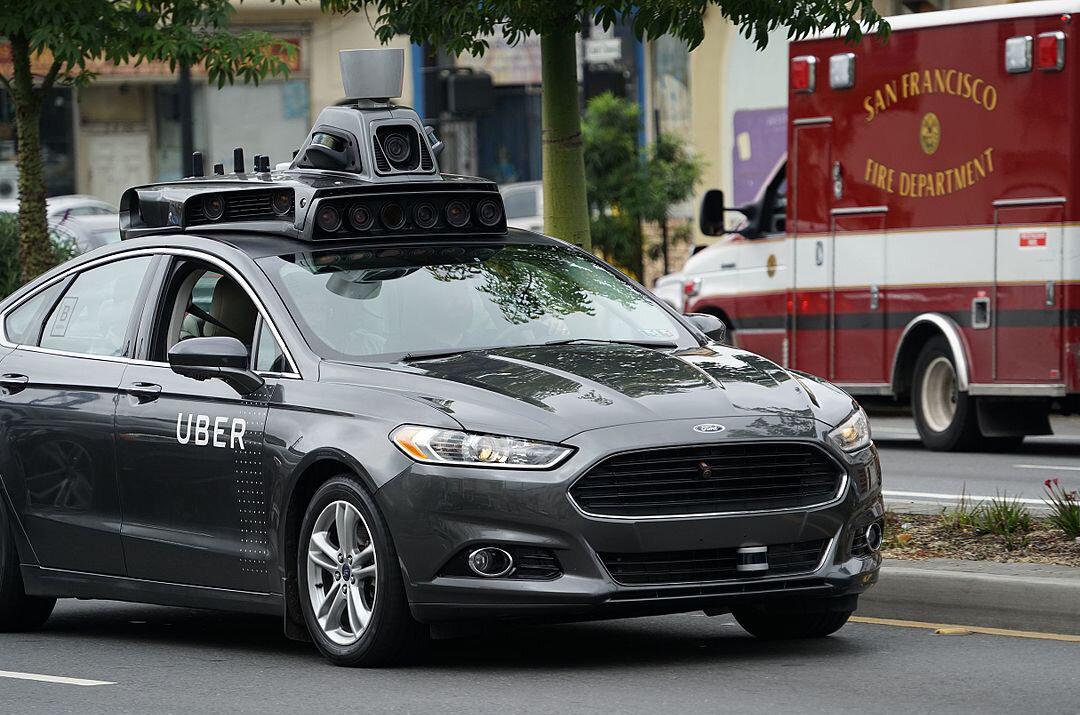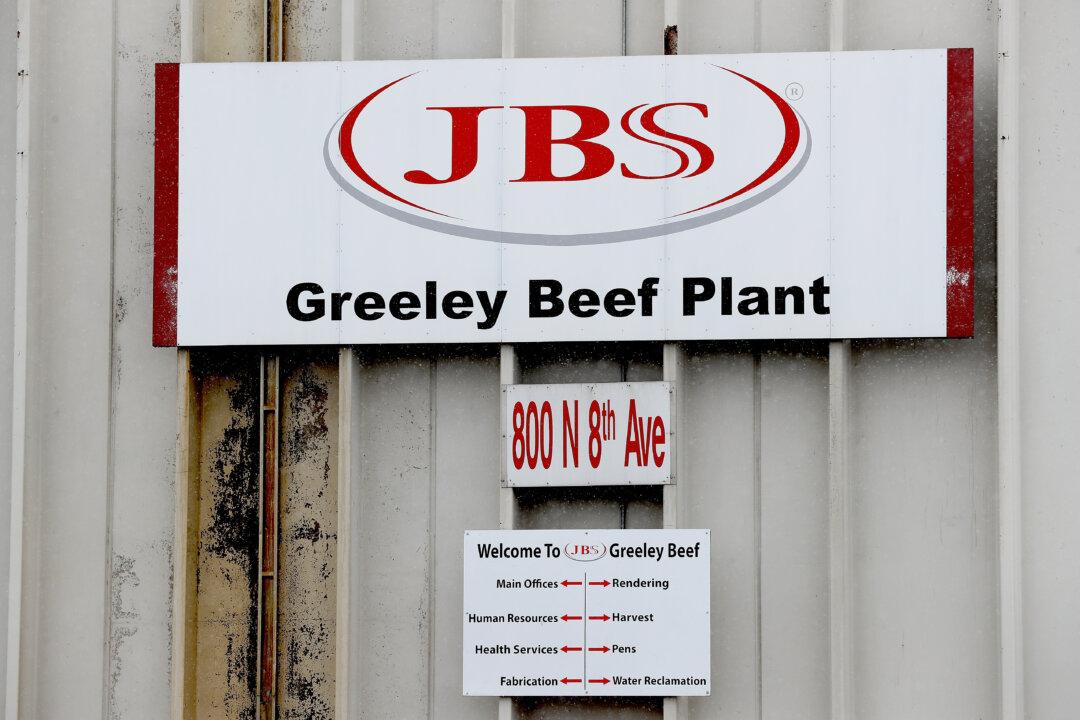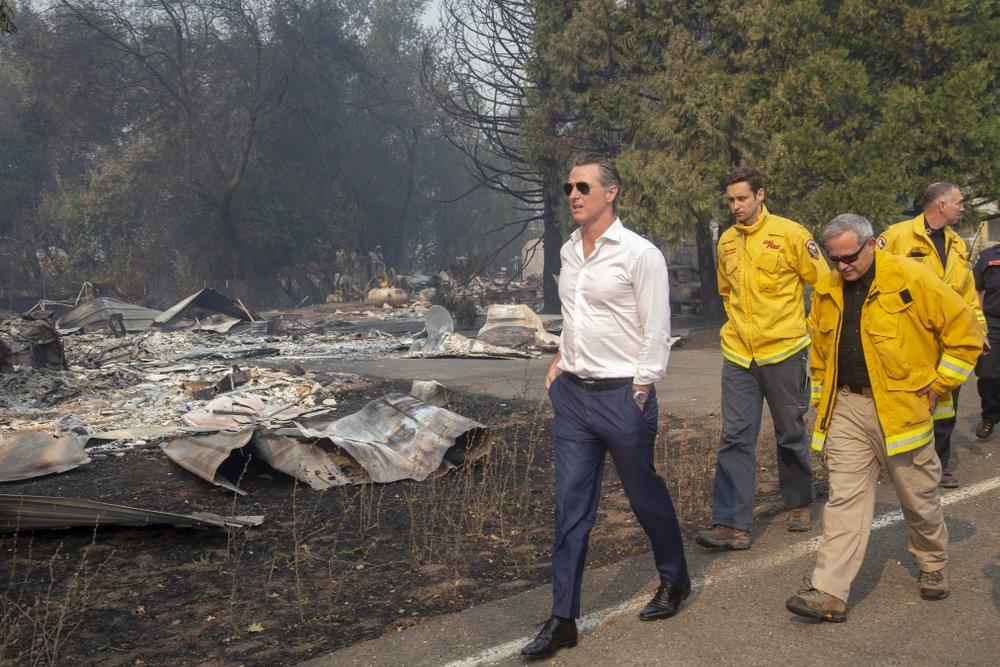The White House and the U.S. Department of Transportation (USDOT) announced guidelines for autonomous vehicle manufacturers this week that seek to encourage car makers to set voluntary standards while prioritizing safety and security. While prioritizing safety, the plan—Ensuring American Leadership in Automated Vehicle Technologies 4.0 (pdf), also known as AV 4.0, is designed to promote U.S. leadership and innovation in the field by ensuring a consistent regulatory approach.
“AV 4.0 will ensure American leadership in AV technology development and integration by providing unified guidance for the first time across the Federal government for innovators and stakeholders,” said U.S. Transportation Secretary, Elaine Chao, at the CES innovation fair in Las Vegas.





